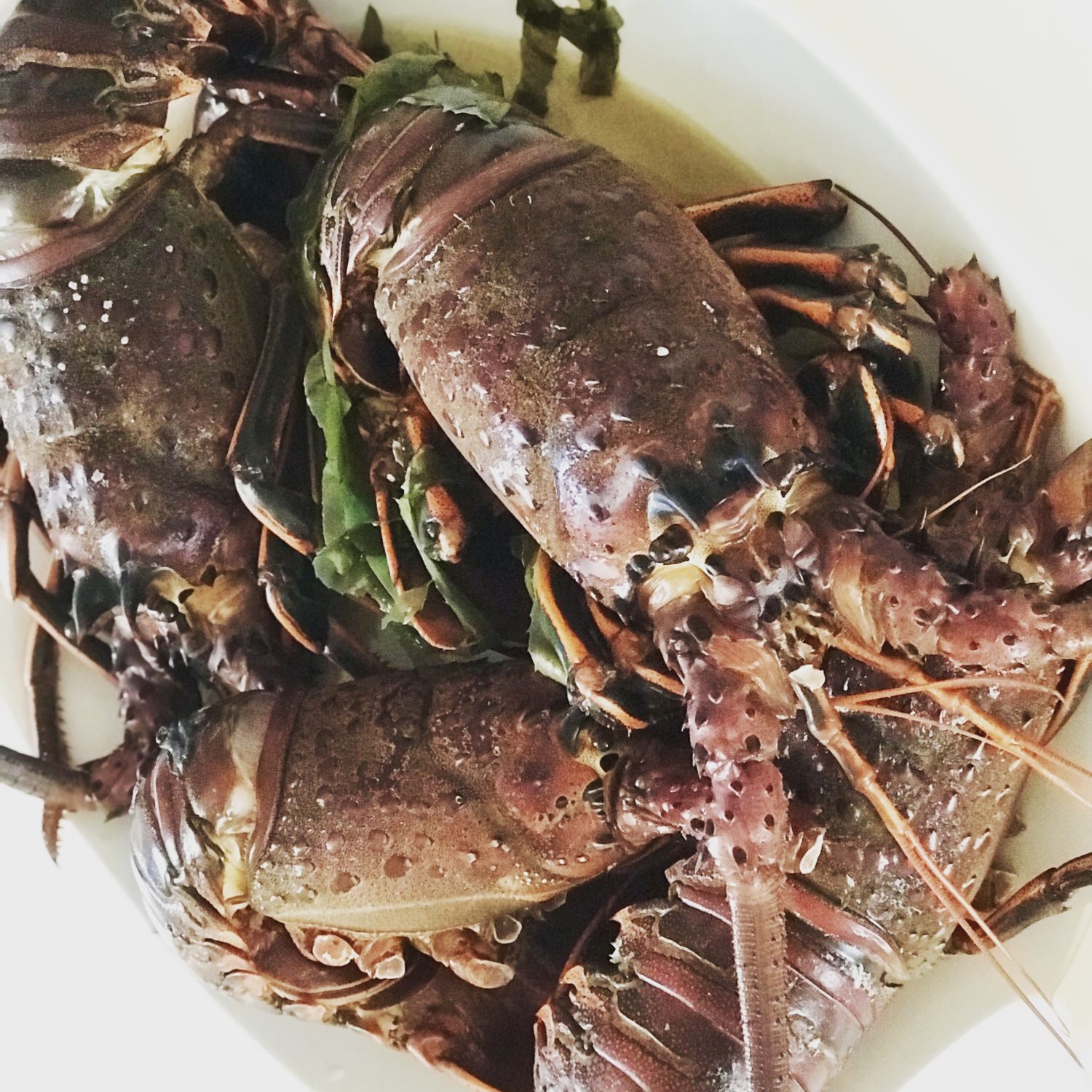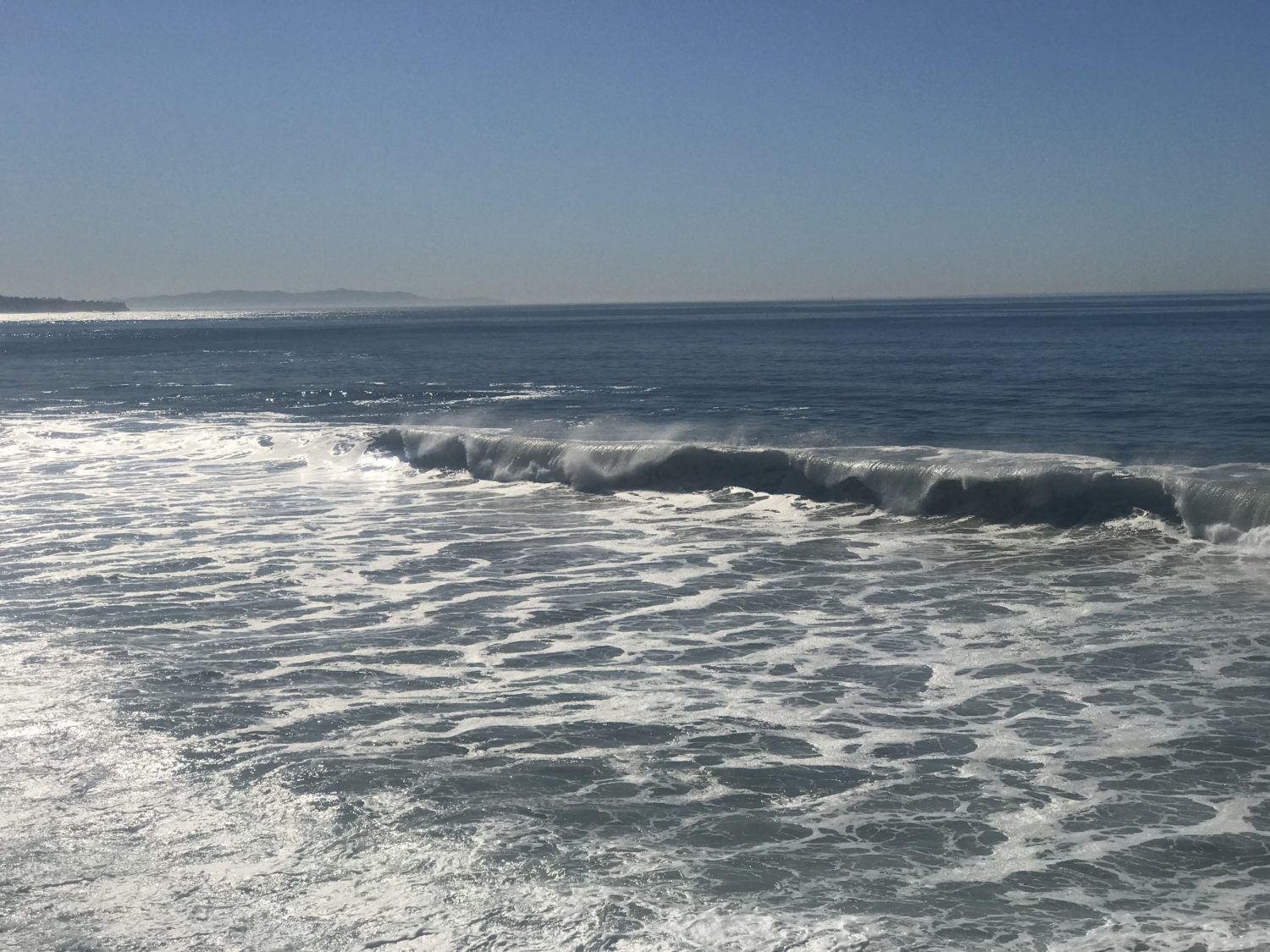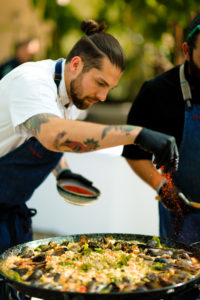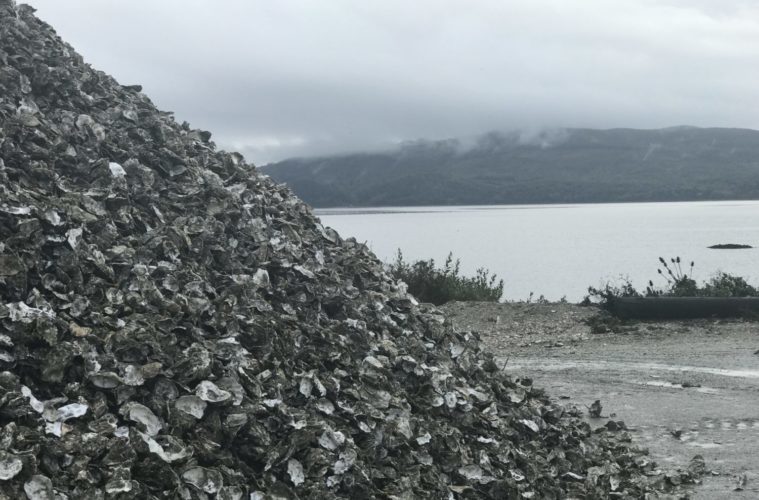This summer’s western heatwave has brought with it all-too-familiar headlines of drought, fire and record-breaking temperatures. But among the more gruesome were reports of the nearly one billion shellfish that boiled alive on the shores of the Pacific Northwest. It was an ecological tragedy. It’s also a culinary nightmare.
We should know. One of us managed America’s fisheries under President Obama as the head of the National Marine Fisheries Service, while the other is a Michelin Award-winning chef and food activist who has taken the fight for sustainable seafood all the way to the halls of Congress. Together, we’re advocating for policies that will protect our oceans, our coastal economies, and yes, even our raw bars. To help mitigate future climate impacts like we witnessed in the Pacific Northwest and ensure the U.S. has a reliable supply of seafood for years to come, we must grow more sustainable seafood right here at home.
The United States is the world’s second-largest consumer of seafood, and our demand is only growing. That’s a good thing! Seafood isn’t just delicious – it’s among the least carbon-intensive sources of protein we have. And now more than ever, savvy, conscientious consumers want to know where their fish comes from and whether it’s sustainably sourced.

California Spiny Lobster (Michele Stueven)
The problem: 85% of the seafood we eat is imported, and half of that is farmed in countries that may not hold themselves to our strict health and environmental standards. That means we’re exporting our environmental footprint, losing jobs overseas, and your shrimp and grits might have a grittier history than you’d like.
We can do better here. Americans want sustainable, locally sourced seafood – the numbers back this up. According to a recent survey from EDF, more than 7 in 10 voters say they would likely eat more seafood if it was raised or caught in the U.S.
We want healthy oceans and the economic benefits the seafood industry can bring to coastal communities. And we want chefs to keep dazzling us with their catches of the day. To get there, we need safe, responsible and science-based policies that help the U.S. grow more seafood – a process known as aquaculture. The same survey found that 84% of American voters support aquaculture policy that would examine the risk and opportunities of aquaculture before setting high standards and regulations for safe and sustainable aquaculture.
Aquaculture risks include equipment failure, leading to pollution and fish escapes that have the potential to interfere with natural fisheries. But we’ve overcome challenges in the past. When U.S. fisheries were on the brink of collapse, we turned to science. The Magnuson-Stevens Act established fact-based policies that saved American fishing, promoted sustainable practices, and helped us become the world leader in sustainable seafood.
We can meet aquaculture’s challenges as well. We just have to follow the science.
With research and responsible pilot programs, we can come to a full understanding of the risks and rewards of aquaculture. A thoughtful approach informed by many viewpoints will help us create a regulatory and policy framework that limits the impacts of fish escapes, guards against pollution, and ensures homegrown aquaculture protects marine life while creating good jobs and driving economic growth.

According to a recent survey from EDF, more than 7 in 10 voters say they would likely eat more seafood if it was raised or caught in the U.S. (Michele Stueven)
The U.S. already grows 97 million pounds of marine aquaculture product every year. The majority of our marine aquaculture is farmed oysters, mussels, clams and shrimp which helped bring in $1.5 billion for the fishing industry in 2017 alone. But we are missing a big opportunity to grow seafood like sea bass, yellowtail and salmon that can be farmed in the open ocean. With global consumption of seafood increasing faster than any other animal protein, we can’t afford to stay on the shore.
Our warming world will need to feed 10 billion people by 2050, even as climate change threatens everything from our food supply to the menus at our beloved restaurants. Our oceans must be part of the solution.

“The United States is the world’s second-largest consumer of seafood, and our demand is only growing.” (Courtesy Chef Sammy Monsour)
Shellfish dying on scorched beaches is a wake-up call. We need smart, science-driven policies for offshore aquaculture that safely and responsibly grows nutritious seafood without threatening our already fragile ocean ecosystems. If we get it right, we can improve the health of our oceans, eat seafood guilt-free, and set the global standard for sustainable fish farming. So, if we want a future with grilled fish tacos, fried fish and chips, and weekends shucking oysters, we can’t afford to ignore the potential of marine aquaculture. It may just be our best chance to have our fish and eat it too.
Sammy Monsour is a Los Angeles chef, author and food activist.
Eric C. Schwaab is Senior Vice President of Oceans at the Environmental Defense Fund and former head of the National Marine Fisheries Service in the Obama administration.
Advertising disclosure: We may receive compensation for some of the links in our stories. Thank you for supporting Irvine Weekly and our advertisers.

